Do you need to generate more leads and prospects? Wondering how to identify and nurture leads organically on LinkedIn?
In this article, you'll find a three-step plan to develop profitable relationships with people on LinkedIn, without spending any money on ads.
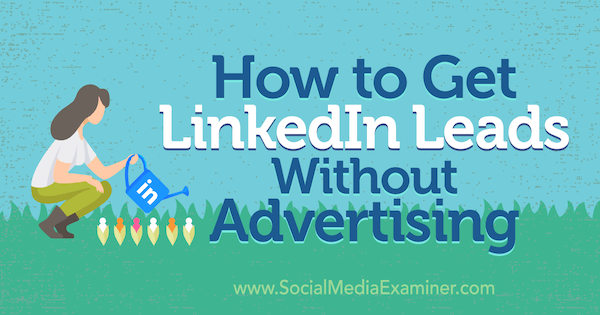
LinkedIn's Role in the Sales Funnel
I love LinkedIn, but the platform has long felt like the estranged uncle who's wickedly smart and brimming with potential but putters along unremarkably, much to the surprise of the people around him who see what he could be and want him to realize that potential. For social media marketers trying to use LinkedIn for marketing and sales, that's a special kind of frustration. It feels like we should be killing it, but many of us aren't.
Here's why LinkedIn should be an awesome source of prospects for any marketer:
- LinkedIn has 610 million users from around the world, representing a range of industries.
- The robust search and targeting features help you find the right people and businesses.
- It offers readily available background intel on businesses for both free users and subscribers.
- LinkedIn's marketer-friendly algorithm gives exceptional reach for native content.
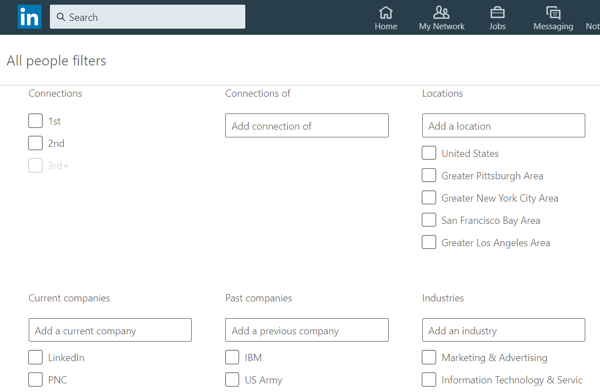
And here's why marketing on LinkedIn can be frustrating, in my opinion:
- Engagement rates for cold LinkedIn messages (InMail and otherwise) are often low.
- Cold connection requests can feel spammy and may be ignored.
- Measuring ROI can be difficult when LinkedIn is integrated into a larger marketing mix.
LinkedIn is an amazing social media platform, and my clients and I have found a great deal of success there. You can find success too; however, you need a more evolved strategy that not only capitalizes on LinkedIn's strengths but also considers how it fits into everything else your business is doing.
Your mileage on my assumptions may differ. I've heard from LinkedIn ad executives that many people are missing opportunities with how they structure ad campaigns on the platform, so you should take a well-rounded approach to your LinkedIn education and not take my sole word for it.
For many salespeople, “social selling” is the vague idea of being exceptionally active on social media to drive conversions. In practice, the average salesperson rarely goes beyond adding LinkedIn connections and sending the odd follow-up message—a dramatic underuse of the marketing potential of LinkedIn.
And that potential, in terms of the perspective on LinkedIn marketing that I've developed through my work with clients, might differ from what you think and may run counter to the other LinkedIn advice you receive.
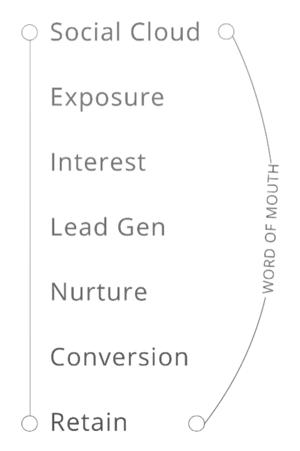
Before we dive into using LinkedIn specifically, let's review the basic stages of a social sales funnel:
- Exposure—The prospect hears about your company's products and services.
- Interest-building—The prospect dives deeper into the value propositions of your products and services.
- Lead generation—The prospect opts into ongoing communication from your business.
- Lead nurturing—The prospect gets the pitch and ongoing information that drives and nudges them toward the sale.
- Conversion—The prospect becomes a customer.
- Retention—The customer interacts with your customer success team and receives ongoing messaging from you to drive repeat conversions and loyalty.
- Word of mouth—The customer talks about the experience (either positive or negative) to their network.
In your world, you might call this a customer journey and have different definitions for each stage. However, this general framework is universal for the most part and helps us map the various ways we can influence a prospect and customer during the sales process. An effective LinkedIn strategy can impact each of these stages if it's well-designed and properly executed, which is a big win for you as a salesperson.
Digital marketers break every step a customer needs to take to commit to a purchase into an independently measurable stage. That funnel is comprised of specific tactics that often map to the high-level funnel described above. That sequence might look like the following:
Get World-Class Marketing Training — All Year Long!
Are you facing doubt, uncertainty, or overwhelm? The Social Media Marketing Society can help.
Each month, you’ll receive training from trusted marketing experts, covering everything from AI to organic social marketing. When you join, you’ll also get immediate access to:
- A library of 100+ marketing trainings
- A community of like-minded marketers
- Monthly online community meetups
- Relevant news and trends updates
Google Ad > Landing Page > Retargeting Ad > Secondary Landing Page > Lead Nurture Email Campaign > Abandoned Cart Advertising > Product Purchase > Post-Purchase Promotional Offers
For LinkedIn marketing to be effective, you need to put more consideration into the various roles that LinkedIn can play in a sales funnel. You're a thoughtful marketer and you likely have a lot in play when it comes to your marketing, so here's what a B2B funnel might look like with a fully integrated LinkedIn approach:
Prospecting on LinkedIn > Scrape Email > Cold Email > Cold Call > First Meeting(s) > LinkedIn Connection > LinkedIn Content (Lead Nurturing) > Meeting to Close Sale > Fulfillment > LinkedIn Content (Retention) > Network Research > Referral Requests
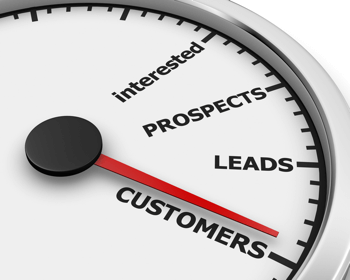
For those of you focused on B2C sales, I'm leaving out the part of the story where the prospect might have come in through an ad or referral because those are different kinds of opportunities. The good news is that even if a prospect jumps ahead to scheduling a first meeting with you, every other LinkedIn activity that comes in the following stages is still relevant.
#1: Create a List of Prospects to Identify Leads
The greatest strength of LinkedIn is perhaps its search features. With so many professionals using LinkedIn, there's a high chance your prospects are there, even if they aren't daily or weekly users. While a lack of LinkedIn engagement might not be great for passive marketing such as posts to your LinkedIn feeds, the fact that your prospects have registered for an account is an opportunity for you.
The first thing you should do is comb through the connections of your top customers or clients to find prospects you want to meet. Then ask for an introduction. This is LinkedIn Marketing 101, but I still meet salespeople who don't take this step. If you're too busy to prompt referrals, give the job titles and industry types you're targeting to an assistant and ask them to do the connection combing for you.
Pro Tip: You should likely limit how often you request referrals from a particular client for the sake of the relationship. Once a quarter might be just aggressive enough, and twice a year is likely safe.
From there, start doing cold outreach to keep your pipeline full of new opportunities. This is where I find that InMail consistently comes up short. As a consumer myself, if I receive a cold InMail, my immediate thought is that it's spam because so many poorly run InMail campaigns flood my inbox each day.
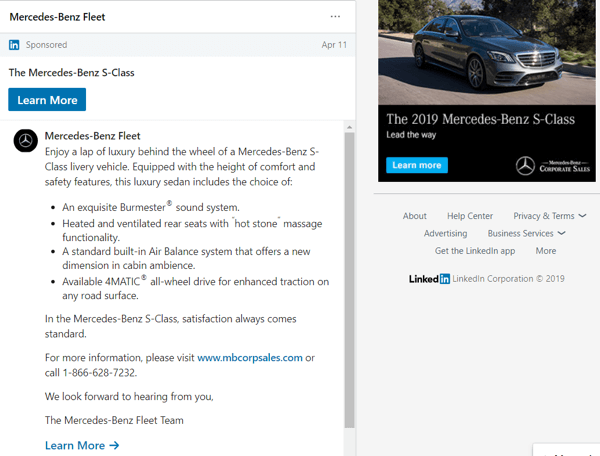
It's so bad that LinkedIn auto-populates a much nicer “no thanks” than most people would likely write on their own. And on top of that, many people use LinkedIn intermittently, which means that they might not check their messages for several days or weeks (and maybe never).
For prospecting, I recommend that you use LinkedIn's amazing search functionality (upgrade to Premium or Sales Navigator to uncap the limit on your searches) to identify prospects.
When you build your list, the following tips might be helpful:
- Vary job titles and job keywords in LinkedIn search to find prospects that fit your target profile.
- Searching companies by industry might reveal new opportunities that searches for people don't. Scroll through the company's employees to find a point of contact to get started (or go outside LinkedIn to the company site to find contact information).
- Pay attention to shared connections as you go because you might know someone who can make an introduction.
- When you cold call, have a script prepared. If you're not comfortable cold calling, hire a telemarketing firm to do it for you or consider working with a sales coach to sharpen your skills. Don't put an entry-level hire in the position of trying to represent your business to potential high-value prospects.
- Hold off on making a connection request with your prospects until after they've engaged with you in a meaningful way.
What you say or write to get the prospect's attention is up to you and your creativity. In general, remember that these messages—phone or email—should not be spam. They should feel like they came from a person rather than a robot, and spark enough interest to get you a first meeting. Be personal. Be organic.

Discover Proven Marketing Strategies and Tips
Want to go even deeper with your marketing? Check out the Social Media Marketing Podcast! Publishing weekly since 2012, the Social Media Marketing Podcast helps you navigate the constantly changing marketing jungle, with expert interviews from marketing pros.
But don’t let the name fool you. This show is about a lot more than just social media marketing. With over 600 episodes and millions of downloads each year, this show has been a trusted source for marketers for well over a decade.
#2: Begin Initial Lead Nurturing Activities
After the first meeting, most salespeople drop their prospects into a drip marketing system, especially if the sale isn't likely to close in the immediate future (long sales cycles are often the nature of B2B).
Typically, this means an automated email campaign, though savvier salespeople mix in follow-up calls, webinars, and even direct mail to introduce some variety in the way they add extra touches to their relationship with the prospect.
LinkedIn should be a part of your lead nurturing activities, including:
- Connection requests with engaged prospects
- Liking or commenting on prospect activity (when appropriate)
- Using the “Marshal viewed your profile” notification as a gentle nudge a few months down the road (use this tactic sparingly)
- Demonstrating expertise via the original content you share
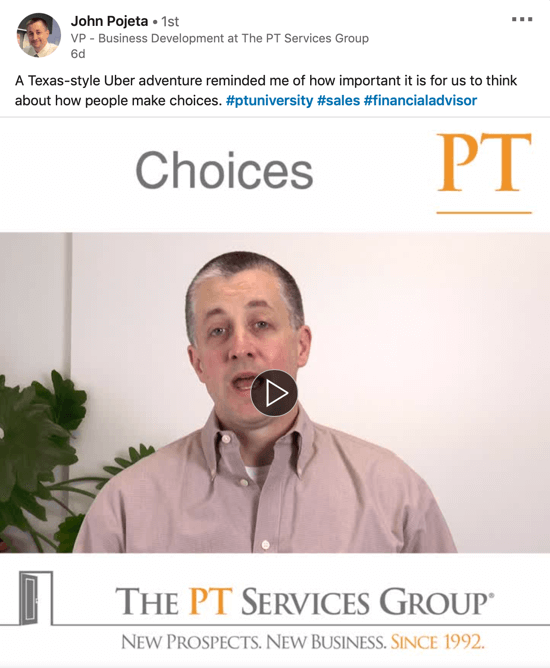
We typically tell our clients that they should wait to request a connection with a prospect because cold connections often feel just as spammy as a cold InMail. Prospects typically will recoil as soon as they feel like they're being sold to, and the cold connection request throws that red flag.
Once you've had the first meeting or received an email back but didn't have a meeting, that's when you should make the connection. There was a human interaction and they know that you're real, so the connection is more appropriate. When you make that connection request, your prospect will invariably view your profile (perhaps for the second time because they likely saw you looked at their profile when you did your prospecting).
Knowing this, make sure your LinkedIn profile is well-developed and matches the messaging of your sales process. On this front, the visual nature of profile media uploads is an opportunity to inject your branding and eye-catching graphics into LinkedIn.
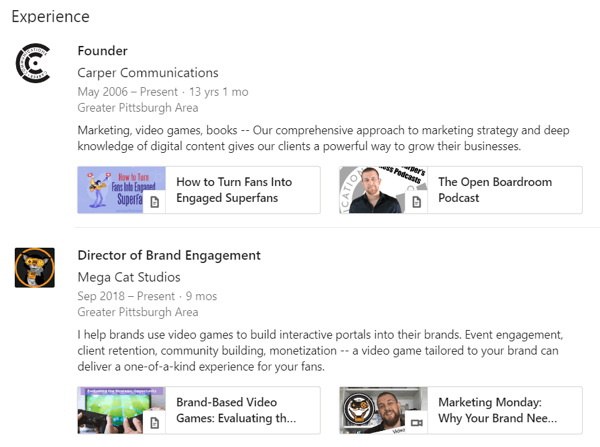
As for the content you share on LinkedIn, remember that the feed is a passive way to engage prospects. Each post you publish is a very small boost to the relationship you started to form with a prospect. You also have to accept the reality that your prospects won't see everything you post.
To make your LinkedIn posts as effective as possible, use the following best practices:
- Post consistently. Once or twice a week is usually sufficient.
- Share original content. Linking out to an industry article is fine, but it doesn't demonstrate the unique value proposition that you bring to the table.
- Post natively. Most social media algorithms reward content that keeps users on the platform, so try to create content that keeps your audience within the LinkedIn ecosystem.
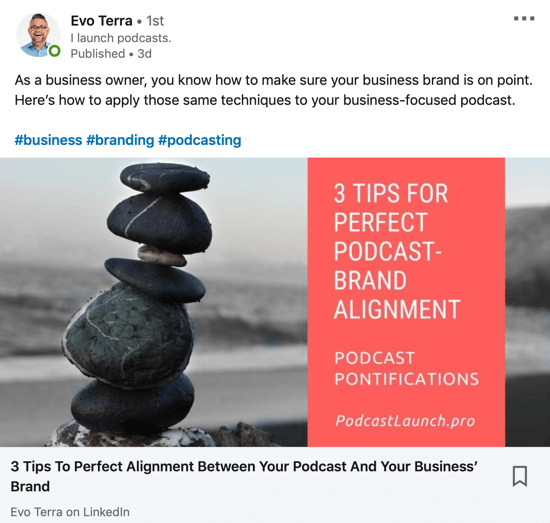
- Create video. The current trend in social media is a preference toward video, so use video on LinkedIn whenever possible and consider using a 1:1 aspect ratio to maximize feed placement. Check out this article for a full guide on creating video for multiple platforms.
- Use hashtags. At one point, LinkedIn hashtags were a faux pas, then they were dead, and now they're back and they matter. Unfortunately, the LinkedIn API makes hashtag research difficult, so use two or three broad industry hashtags to extend your reach.
Remember, this isn't direct lead nurturing, so don't expect the same direct data or clear indicators of interest that you see in an email campaign. However, the process works if you give it time.
#3: Create Deeper Engagement With Your Leads on LinkedIn
When you've covered the basics of LinkedIn marketing, you can build on that foundation with more advanced tactics that help you connect with prospects, nurture leads, and drive referrals. Here are some ideas to mix into your regular cadence of activity.
Tag High-Value People in Your LinkedIn Network
When you tag someone, you have an opportunity to inject yourself into their network of connections. This means you can put yourself and your business in front of new people who might also be your customers. The caveat is that the tag needs to be a positive experience for the other party involved. You might have success with the following tactics:
- Congratulate clients and prospects on major business milestones or accomplishments.
- Interview clients on your podcast and tag them in the new episode announcement.
- Announce the launch of a new project and tag the clients you worked with.
- Share a meaningful quote or insight you got from a client and give them credit with the tag.
- Spam does not work. Be meaningful and sincere.
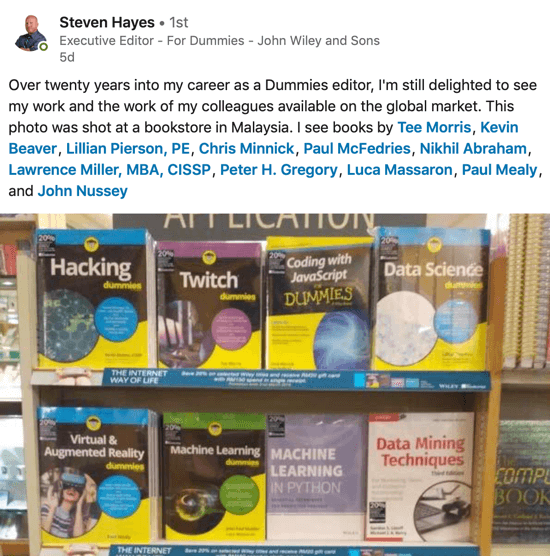
Extend Partnerships to LinkedIn
If you run a social media marketing firm and often collaborate with a specific web developer, extend your collaboration to LinkedIn. Share each other's content and comment on each other's posts. The regular interactions have a positive effect on the way the LinkedIn algorithm pushes content, and these interactions are passive ways for each party to share the expertise of their partners with their networks.
The more ambitious adopters of this strategy structure and plan how they'll boost each other's content. Having 10 people from your networking group jump into a LinkedIn discussion is a big bump in engagement that often sows the seeds for more engagement from other users. If you don't abuse this approach or fake it, coordinating with a larger group of partners can be beneficial.
Dive Deeper Into Sales Navigator Features
Paying for a LinkedIn subscription isn't mandatory, but it's helpful. Though this article doesn't spend a great deal of time on pay-to-play features, you should revisit Sales Navigator once your LinkedIn activity is rolling. The additional search features can be useful, but the lead alerts can be especially helpful.
If you know when a key position at a target company changes, that can be your opportunity to turn a dead sale into a new conversation, but you'll never know that happened unless you're paying attention.
Conclusion
The major takeaways for this LinkedIn lead generation guide should be the value of consistency and the power of original content. The small touches matter and they'll add up if you make each one a positive, educational, and entertaining experience for your prospects.
In the future, be on the lookout for more content opportunities via LinkedIn. For my part, I'm excited by the potential of live video on LinkedIn, but who knows what else this must-use business platform has in store? What we do know is that you should be on the platform and doing more than you are.
What do you think? Have you used LinkedIn to successfully generate new business? What tips can you offer? Share your thoughts in the comments below.
More articles on LinkedIn marketing:
- Discover four ways to use LinkedIn video for your business.
- Learn how to use LinkedIn lead gen form ads.
- Find out how to make your LinkedIn company page stand out.
Attention Agency Owners, Brand Marketers, and Consultants

Introducing the Marketing Agency Show–our newest podcast designed to explore the struggles of agency marketers.
Join show host and agency owner, Brooke Sellas, as she interviews agency marketers and digs deep into their biggest challenges. Explore topics like navigating rough economic times, leveraging AI, service diversification, client acquisition, and much more.
Just pull up your favorite podcast app, search for Marketing Agency Show and start listening. Or click the button below for more information.

